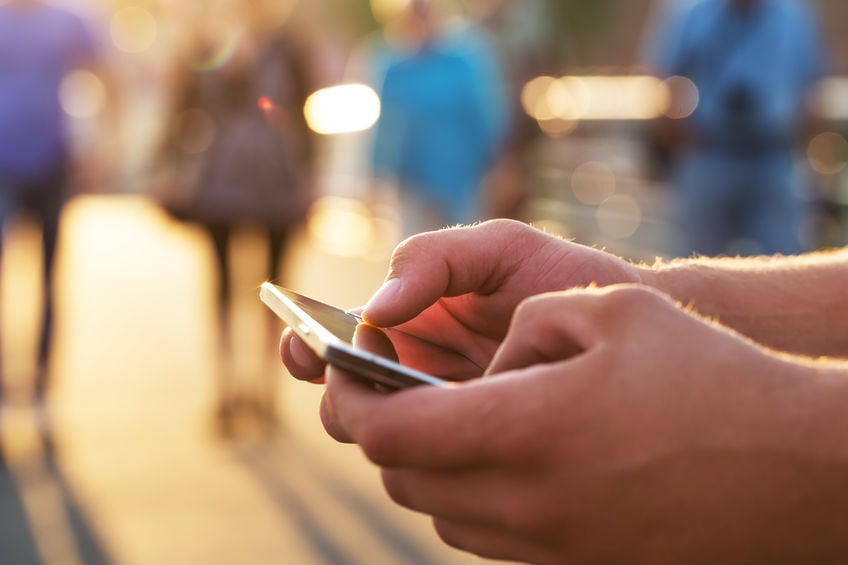Understanding Golfer’s Elbow
Perfecting a golf swing requires repetitive swinging of golf clubs that engage multiple joints and muscles, particularly the elbow. For this reason, golfers are prone to developing medial epicondylitis, also known as golfer’s elbow. This condition results in chronic pain due to damage to the tendons in the elbow. The pain presents on the medial side of the joint, which is the inside of the elbow to the wrist. Repetitive stress, weak muscles, or sudden forces on the elbow can lead to medial epicondylitis. Some severe cases require surgery and a recovery period, temporarily halting a golfer’s time on the green.
How can medial epicondylitis repair help?
If non-surgical treatment fails to improve golfer’s elbow, surgery is the next best step. Medial epicondylitis repair can be performed using minimally invasive surgery (MIS), which uses small incisions to access and repair the damage. The patient may be under general or local anesthesia. The surgery begins with a small incision at the inside of the elbow. Next, the surgeon uses a scope to view the damage while moving any obstructing tissue. Another incision may be used to insert tools to complete the procedure. The damaged tendon, tissue, and other debris causing pain are removed. Finally, the surgical instruments are removed, and the incisions are closed using stitches. Minimally invasive surgery means the patient can leave the hospital on the same day.
A strong recovery matters
After surgery, recovery is a multi-step approach to help heal and restore the elbow’s full function. Initially, the arm is placed in a sling for a few days, and the incisions are protected with bandages. The patient will be provided with instructions on wound care and pain management. The goal is to allow the incisions to heal for 1-2 weeks. Next, the bandages are removed, and the patient can begin physical therapy (PT) to improve the range of motion (ROM) and strengthen the elbow. After a few weeks, the tendon should be healed, and most patients can resume everyday tasks.
Getting back to the green
Some medial epicondylitis repair patients are involved in sports like golf. These patients are eager to get back to the green and enjoy golf again. Returning too soon, however, can lead to more pain and cause another injury. Every patient is different, but proper rest and recovery ensure optimal performance and minimal discomfort. Doctors typically recommend a 3-month wait, depending on the patient’s fitness levels. Even then, light activities are recommended to start, with sufficient rest, icing, and pain management. The patient can gradually increase swing intensity and length of time playing golf. Speak with a doctor or physical therapist to assess the elbow’s health and strength at every stage of recovery.
Tee off again after surgery
Golfer’s elbow is painful, but some people are tempted to ignore the injury to play the sport longer. However, the damage can worsen, leading to torn tendons in the elbow. While non-surgical options, including medication, steroid injections, and massage, can help, sometimes the damage is too severe. Surgery can clean up the damaged tendon, relieving pain and restoring function. Focusing on recovery after MIS ensures a swift but healthy return to golf.



